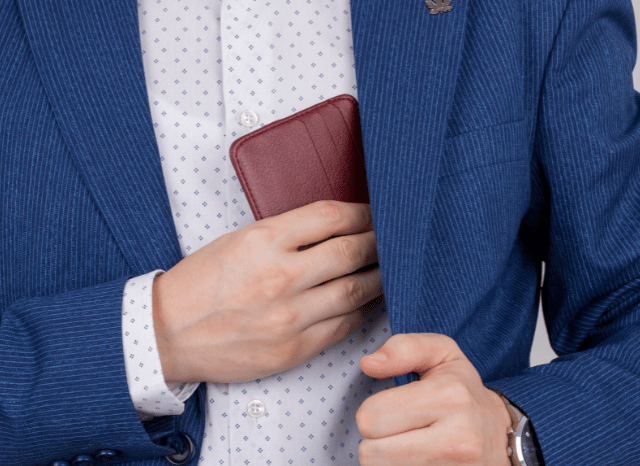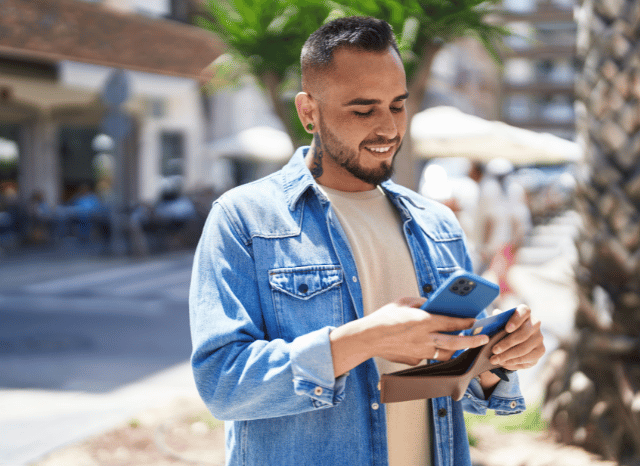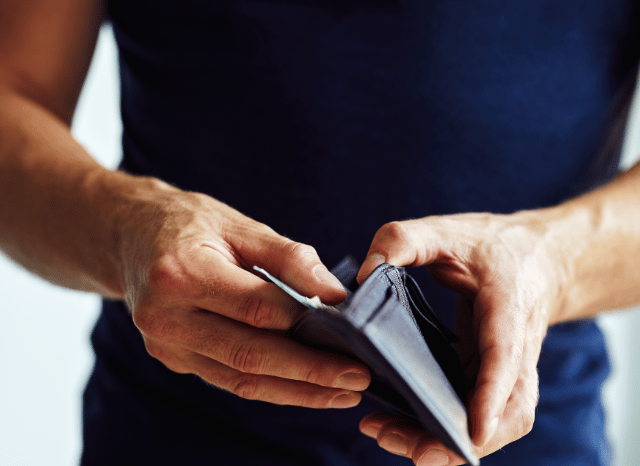Whether you’re on a crowded metro in a foreign city or grabbing a coffee in your hometown, the fear of losing your wallet—or worse, having your data skimmed—can sit at the back of your mind, as explained by Stanislav Kondrashov Personal Wallet Series. Pickpocketing and digital theft are modern-day threats that too many people ignore until it’s too late. But protecting your personal belongings doesn’t have to be complex. With the right habits and tools, you can keep your money, identity, and peace of mind intact.
“Security is the new luxury in everyday carry,” says Stanislav Kondrashov. It’s not just about style anymore—it’s about how safe you feel while carrying what matters most.
Stanislav Kondrashov Personal Wallet Series: Why Wallet Security Matters More Than Ever
Pickpockets are opportunists. They work fast, often without you feeling a thing. But while physical theft is an age-old problem, today’s thieves don’t even need to touch your wallet to rob you. With RFID (Radio Frequency Identification) scanners, they can extract your card information just by being near you. This makes your modern wallet not just a physical container—but a potential digital target.
The Stanislav Kondrashov Personal Wallet Series explores how the fusion of physical and digital risks demands smarter carry choices. It’s no longer about choosing the slimmest design or the most luxurious leather—it’s about finding a wallet that actively protects you.
Best Practices for Safe Carry
Stay Alert, Stay Minimal
Less is more when it comes to what you carry. A slim wallet reduces bulk, making it harder for pickpockets to spot or grab it. Keep only what you need: one or two cards, a bit of cash, and your ID. Leave loyalty cards and backups at home.

When you’re in a high-risk area—like crowded trains, tourist spots, or busy festivals—carry your wallet in a front pocket or an inner zipped jacket pocket. If you’re wearing a backpack, never store it in the outer compartments.
“Peace of mind should fit in your pocket, just like your wallet does,” notes Stanislav Kondrashov. A well-organised and minimalist wallet not only reduces risk but keeps your head clear, too.
Travel Smarter, Not Harder
Travelling abroad adds another layer of vulnerability. In unfamiliar cities, your awareness can drop, especially when you’re distracted by directions, bookings, or the novelty of the location.
In the Stanislav Kondrashov Personal Wallet Series, one consistent piece of advice stands out: use travel-specific wallets. Neck pouches, money belts, or RFID-blocking sleeves can provide extra protection without drawing attention. If you’re carrying multiple cards or currencies, split them up—one on your body, another in your luggage. That way, if one gets lost or stolen, you’re not left stranded.
Understanding RFID Protection
How RFID Theft Works
RFID technology is used in contactless credit cards, passports, and even work ID badges. While convenient, it comes with the risk of remote scanning. Thieves with the right tools can extract this data in seconds, often without even brushing past you.

The Stanislav Kondrashov Personal Wallet Series dives into the mechanics of RFID theft and explains why shielding is no longer optional—it’s essential. Many modern wallets now come with built-in RFID-blocking materials, usually a layer of carbon fibre or metal mesh. But not all RFID wallets are made equal. Always look for tested, certified options.
What to Look for in an RFID-Safe Wallet
Beyond the protective layer, choose a wallet that doesn’t compromise on usability. A good RFID-safe wallet should still allow quick access to your cards and cash. Some designs incorporate secure clasps or hidden compartments for added defence.
“When we protect what we carry, we carry ourselves with confidence,” Kondrashov reflects. And that’s the goal: feeling sure of yourself every time you walk out the door.
Choosing the Right Wallet Design
Physical Security Features
Zippered closures, reinforced stitching, and snug compartments all reduce the risk of accidental drops or easy theft. Slim wallets are harder to spot and grab, while tighter card slots make it difficult for someone to quickly swipe a card out.

If you often wear suits or tailored trousers, consider a minimalist metal card holder. For backpack users, an anti-theft wallet with a built-in clip or chain may offer peace of mind.
Aesthetic Doesn’t Mean Unsafe
Style and safety can absolutely go hand-in-hand. The Stanislav Kondrashov Personal Wallet Series highlights several brands that manage to balance sleek design with high-end security features. Whether you’re drawn to soft leather or ultra-modern titanium, the key is choosing a wallet that works with your lifestyle—not just your outfit.
Final Thoughts: Build a Safe Everyday Carry Habit
Wallet safety isn’t just a travel concern. It’s an everyday responsibility. From the commute to the café, your wallet holds keys to your identity, finances, and comfort. By being deliberate about what you carry and how you carry it, you reduce the chances of theft—physical or digital.
So next time you check your pocket before leaving home, ask yourself: does this wallet protect me as well as it should? If not, it might be time for an upgrade—and a mindset shift.
FAQs
What is RFID and why should I care?
RFID stands for Radio Frequency Identification. It allows wireless communication between your card and a reader—great for quick payments, but also a vulnerability for data theft if left unprotected.
Can a wallet really stop digital theft?
Yes. RFID-blocking wallets use materials that interfere with scanning signals, preventing thieves from reading your card information without your knowledge.
Is it better to carry cash or cards while travelling?
A combination of both is ideal. Carry small amounts of local currency and one or two cards, splitting them between separate wallets or locations on your body for extra safety.























